Olive Young - Ulsan Guyeong Branch [Tax Refund Shop] (올리브영 울산구영점)
14.1 Km 0 2024-06-27
#108~#110, 78, Guyeong-ro, Beomseo-eup, Ulju-gun, Ulsan
-
Ulsan Onggi Festival (울산옹기축제)
14.7 Km 20326 2024-04-25
36 Oegosan 3-gil, Onyang-eup, Ulju-gun, Ulsan
+82-52-980-2232~6
Ulsan Onggi Festival takes place within Oegosan Onggi Village, the largest onggi (traditional Korean pottery) village in the nation, home to seven master artisans. The festival serves to promote this local product while providing visitors with the chance to learn more about onggi through various programs and hands-on experiences.
Onggigol Ceramics (옹기골도예)
14.8 Km 0 2023-10-20
18 Oegosan-gil, Ulju-gun, Ulsan
Onggi Ceramics is the workshop of Heo Jin-gyu, a master onggi craftsman, and is located in Onggi Village in Ulsan, home to the largest production of onggi in the nation. Visitors can browse the items as well as purchase anything that piques their interest. The workshop also offers a range of exerience programs related to onggi, although advanced reservations are required to participate.
Oegosan Onggi Village (외고산옹기마을)
14.8 Km 30666 2020-08-24
36, Oegosan 3-gil, Ulju-gun, Ulsan
+82-52-237-7894
Oegosan Onggi Village was established when earthenware master Heo Deok-man settled in the area in 1975. The village today showcases a massive collection of various earthenware products, which creates a unique sight. Over 50% of the country's earthenware products are crafted at this village. The village also features several attractions for visitors to enjoy, such as the Ulsan Onggi Museum, which houses the largest earthenware pottery recognized by the Guinness Book of World Records; and the annual Ulsan Onggi Festival, with many diverse activity programs.
Gwanseong Solbat Beach (관성솔밭해변)
15.4 Km 20312 2021-08-12
68-24, Yangnam-ro, Gyeongju-si, Gyeongsangbuk-do
+82-54-779-6325
Gwanseong Solbat Beach, formerly Gwanseong Beach, is known for its extremely clean waters, and the connecting pine grove creates a gorgeous semi-circle shape. Nearby in Sindae-ri, Yangnam-myeon is Kolon Garden Golf Club, allowing visitors to enjoy many other leisure activities in the area. The driving course along the coastal road is also popular among visitors.
Jinha Beach (진하 해수욕장)
17.2 Km 63058 2023-12-22
Jinhari, Seosaeng-myeon, Ulju-gun, Ulsan
+82-52-204-0351~4
Jinha Beach, located in Jinha-ri, Ulju-gun, in the southern part of Ulsan, is the best beach in Ulsan. Follow the National Highway 31, which runs close to the coast, and Ganjeolgot Lighthouse will come into view with Jinha Beach spreading out beyond. Jinha Beach has a relaxing atmosphere and gentle waves due to its geographical location situated to the north from the East Sea’s raging ocean currents. The 1-kilometer-long beach extends over 40 meters in x_width and can accommodate over 50,000 people per day, making it full of vacationers from all over the country.
It is a great place to visit with family as it has beautiful islands, pine forests, and shallow waters. In addition, Jinha Beach is regarded to have the cleanest water in Korea and it’s only 20 minutes’ drive away from Ulsan and 40 minutes from Busan. The area around the beach and Ganjeolgot Lighthouse is also a popular fishing spot, so there is a constant flow of tourists on weekends throughout the year.
Also near Jinha Beach is Myeongseongyo Bridge, a popular night attraction in Ulsan The lights on the bridge and nearby streets are bright and beautiful at night, decorating the night sea.
(Credit: Ulju Tourism website)
Seosaengpo Waeseong Fortress (서생포왜성)
17.4 Km 18833 2020-02-05
Seosaeng-ri, Seosaeng-myeon, Ulju-gun, Ulsan-si
+82-52-204-0324
Seosaengpo Waeseong Fortress
(Seosaengpo Japanese Fortress) is a stone fortress typical
of the Japanese style popular in the later part of the 16th century. It was built under the leadership of Japanese General Kato Kiyomasa in
1592-1593 at the beginning of the Imjinwaeran War (Japanese invasion, 1592-1598). The main fortress is located on a mountaintop 200 meters above
sea level, a second fortress is halfway down the mountain, and a third fortress is
located at the bottom of the mountain. The whole fortress is rectangular shaped. The fortress wall is 6 meters high and slants at an angle of 15 degrees.
In 1594, a Buddhist monk named Samyeong-daesa came to Seosaengpo Waeseong Fortress four times to negotiate for peace, but he failed each time. In 1598, the fortress was taken over
by Korea with the assistance of General Magwi of the Ming dynasty. A year later, Changpyodang Shrine was built in honor of 53 Koreans
who died during battles against the Japanese invading forces. However, the shrine was destroyed during the Japanese imperialism period and no
trace of it remains. It is possible to tell from Seosaengpo Jinseongdo (a map drawn up in 1872) that the fortress was also partially used by Korean forces.
Gyeongju Yangnam Columnar Joint Observatory (경주 양남 주상절리 전망대)
18.8 Km 16 2023-04-04
498-13 , Donghaean-ro, Gyeongju-si, Gyeongsangbuk-do
+82-54-775-6366
This observatory was built in October 2017 and allows visitors to enjoy the view of columnar joints of Yangnam, a national geopark. The columnar joints are formed along the shoreline of Eupcheon-ri in Yangnam-myeon. Several different forms of columnar joints can be observed from columnar joints that point upward to those that fan out or lean to the side. In particular, the fan-shaped columnar joint is a rare sight not only in Korea but also worldwide, and thus has been designated as a Natural Monument in 2012. Visitors can also see informational exhibits on diverse geographical resources at the observatory as well as ask for a detailed guide by the geology commentator on-site.
Ganjeolgot Lighthouse (간절곶 등대)
19.5 Km 30921 2023-07-17
39-2, Ganjeolgot 1-gil, Ulju-gun, Ulsan
+82-52-239-6313
The sunrise along the East Coast can be viewed earliest at Cape Ganjeolgot in Daesong-ri, Uljin-gun. The breathtaking view of the sunrise can be seen a minute earlier than Cape Homigot in Yeongilman Bay and five minutes earlier than Jeongdongjin in Gangneung. Cape Ganjeolgot is in the spotlight as a new tourist attraction along with Jinha Beach and Seosaengpo Japanese Fortress. The lighthouse is located 20 minutes away from the entrance to Ulsan Nambu Beltway. When acacias bloom along the coast from Ulsan to Haeundae Beach in Busan, the road is filled with its subtle perfume. This road is perfect as a driving course with the combination of beautiful white acacia trees in the hills and the occasional appearance of the sea. Enjoy the tremendous scenery of the invigorating sea and the misty view of the hills. Although it is only 20 minutes away from Ulsan Nambu Beltway, the scenic beauty contributes to the exotic look.
Ganjeolgot Sunrise Festival (울산 간절곶 해맞이)
19.5 Km 17727 2022-12-14
39-2, Ganjeolgot 1-gil, Ulju-gun, Ulsan
• 1330 Travel Hotline: +82-2-1330 (Korean, English, Japanese, Chinese) • For more info: +82-52-204-0313
Ganjeolgot Cape in Ulsan is the first place in Korea to see the the sunrise each day, with its end point sticking out into the ocean. The cape is the site of the annual New Year’s Sunrise Festival. The festival starts at sunset on December 31 and is filled with a wide range of performances that last throughout the night. At first light, people can be seen quietly standing with their hands clasped together, making a wish on the newly born year as they watch the sun rise over the ocean.

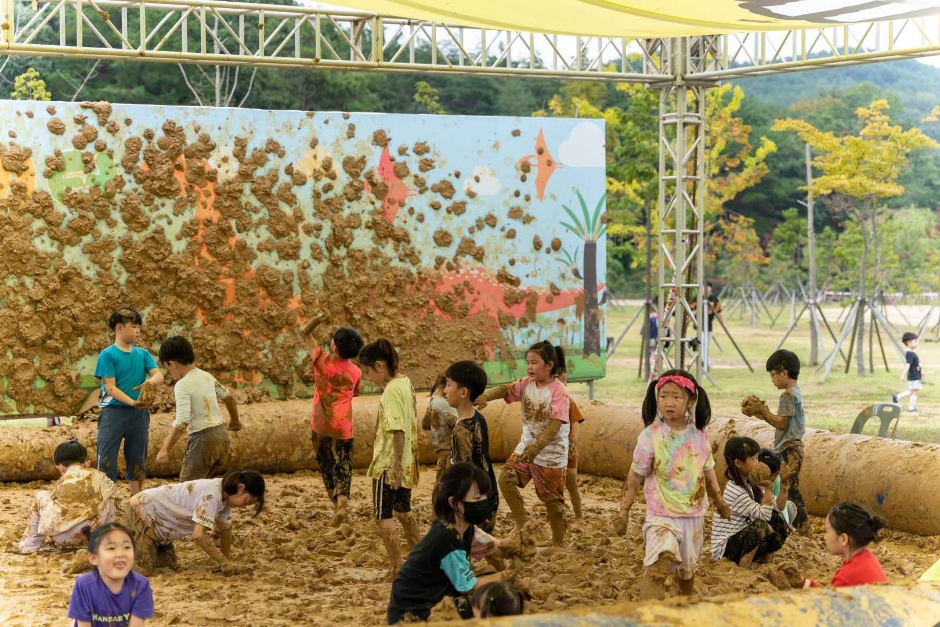
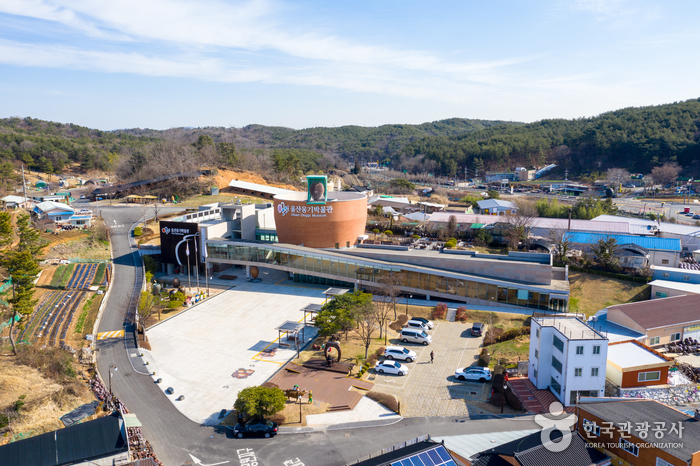
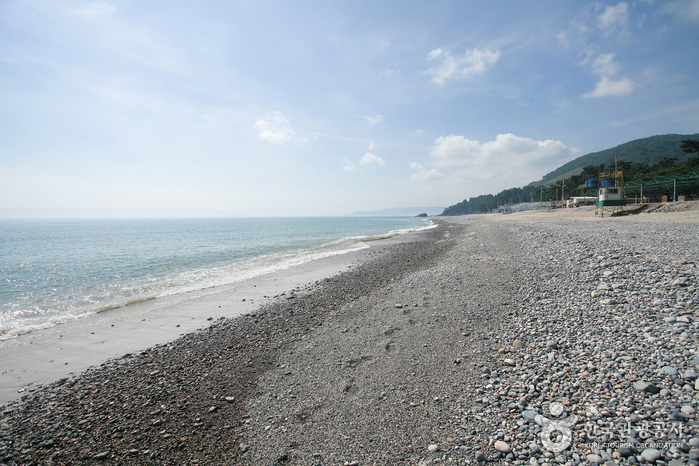
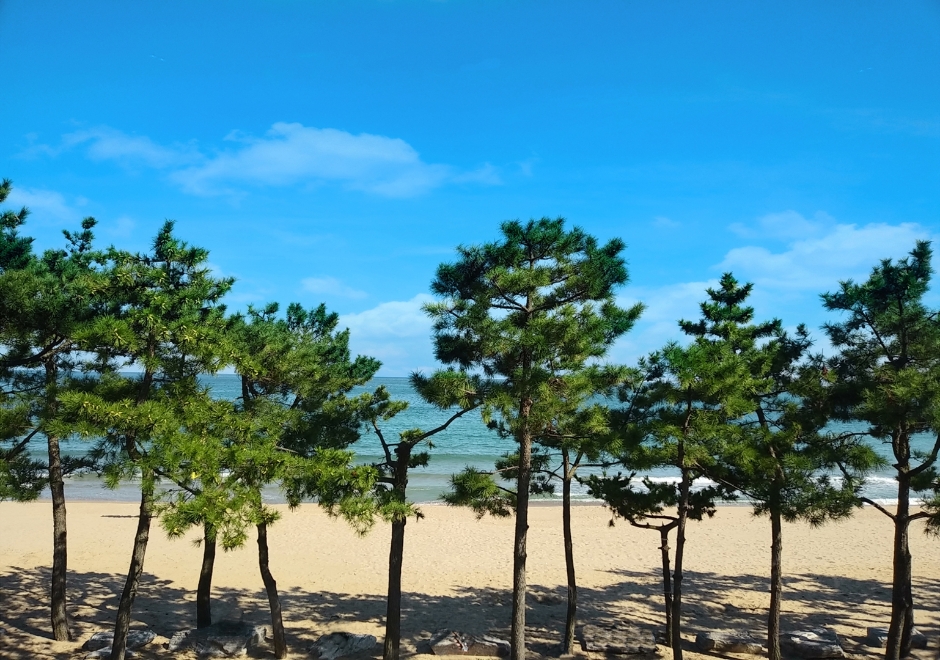
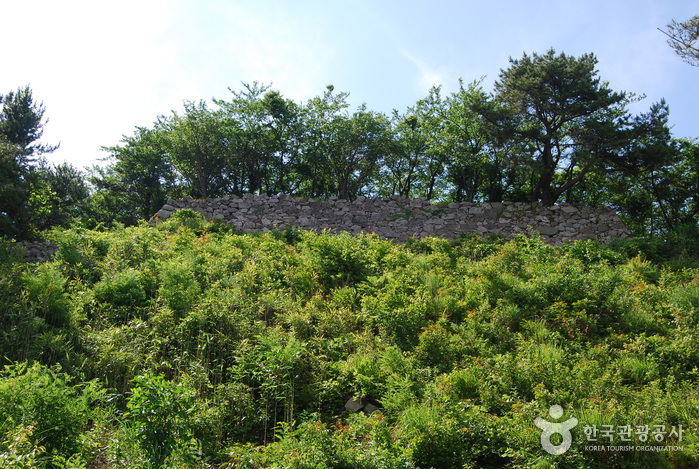
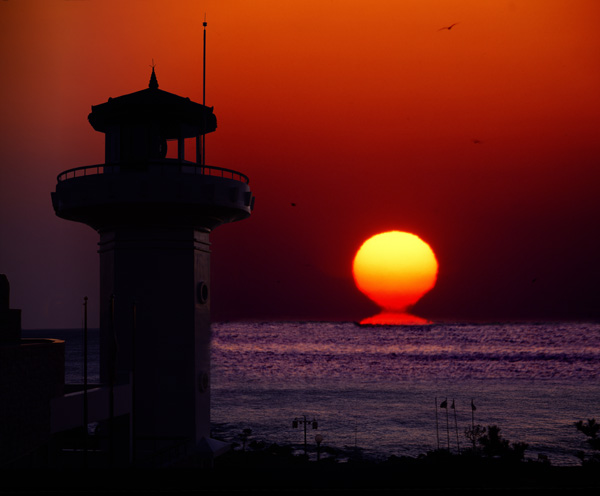
 English
English
 한국어
한국어 日本語
日本語 中文(简体)
中文(简体) Deutsch
Deutsch Français
Français Español
Español Русский
Русский